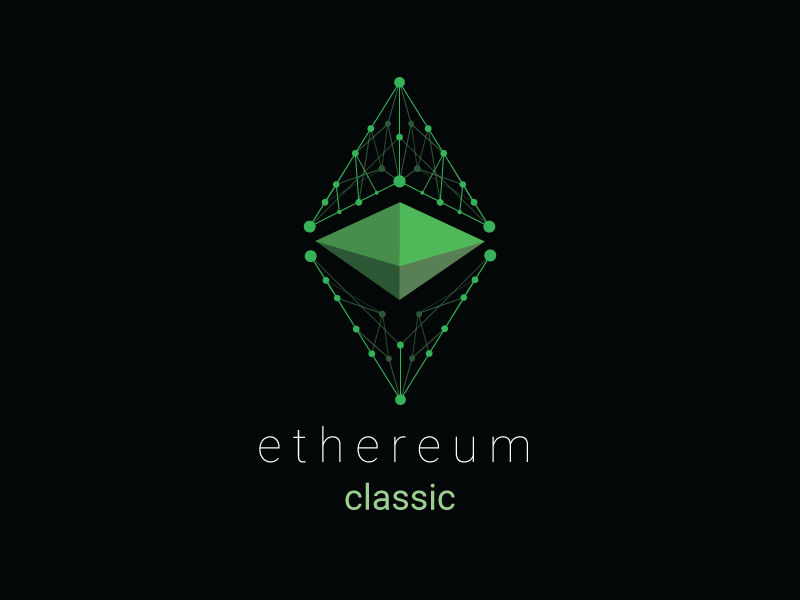
The Ethereum Hard-Fork has been a highly divisive event on the cryptocurrency landscape. The hard fork, along with a rescue soft-fork in the weeks prior, has been a godsend to those who invested in The DAO, a smart contract built on Ethereum that ended in one of the most catastrophic implosions in Crypto history. With 12% of the extant Eth tied up in the DAO, The majority of Ethereum hashpower decided to hard-fork to refund DAO investors their money and ‘start fresh.’
Read also: Ethereum Hard Fork Update Finally Arrives
Dissent Spawns Ethereum Classic
The methods taken to enact this change on the Ethereum blockchain dissatisfied many, however, and a not insignificant portion of people involved in Ethereum saw this as a bailout, and a unilateral, censorial action on the part of Vitalik Buterin and his group of developers. This dissatisfaction Spawned Ethereum Classic, an alternative Ethereum implementation that acts as though the hard fork never happened, alternate blockchain and all.
 Those who follow Crypto events closely probably aren’t surprised by this development, but there’s a unique twist to this split. Ethereum Classic, (ETC) is being actively traded. It’s been picked up by major exchanges like Poloniex, and has surpassed Dash, Lisk, and MaidSafeCoin in market capitalization, becoming the sixth most traded cryptocurrency in the few hours since its launch.
Those who follow Crypto events closely probably aren’t surprised by this development, but there’s a unique twist to this split. Ethereum Classic, (ETC) is being actively traded. It’s been picked up by major exchanges like Poloniex, and has surpassed Dash, Lisk, and MaidSafeCoin in market capitalization, becoming the sixth most traded cryptocurrency in the few hours since its launch.
This development would not be possible without significant dissent from the hard fork decision, and Miners on the hard fork chain seem to be equally dissatisfied, if only with the relative success of the alt Implementation.
I am Chandler Guo, a 51% attack on Ethereum Classic (ETC) is coming with my 98G hashrate https://t.co/9VM6vPa8CS
— Chandler Guo (@ChandlerGuo) July 24, 2016
Here we see Chandler Guo, a person who controls a massive amount of Ethereum hashpower threatening to attack the smaller network, motivated by the increasing success of ETC. ETC represents a threat to the hard-fork chain because it directly competes for the same hashpower that ETH uses, unlike, say, Litecoin and Bitcoin, which use completely different proof-of-work algorithms.
Ethereum is still primarily a GPU-mined asset, so any strong crypto without ASIC mining hardware (Bitcoin, Litecoin/Scrypt, Dash) that relies on proof of work is arguably competing for finite Ethereum hashpower, but ETC represents a much more direct alternative that so far looks very attractive. With the genesis of this alternate currency folllowing a contentious hard-fork, it seems that we’ll be seeing many trends materialize in Ethereum that were only speculated on during similar conflicts in the bitcoin space.
More to follow as the Ethereum Classic Situation develops.
Questions about Ethereum classic? Comments on the hard fork situation? Leave them in the comments!
Images courtesy of: Ethereum Classic, Poloniex


















